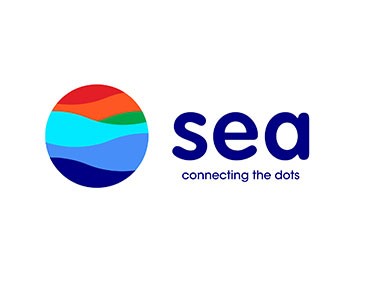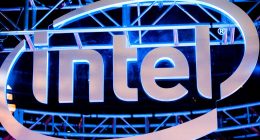Apple is looking to give your iPhone and other connected devices a wireless speed boost with its next-generation 5G technology. It is presently being reported, courtesy of an experimental application spotted at the FCC by Business Insider, that the Cupertino giant is planning to conduct tests for its millimeter wave (or mmWave) technology to achieve blazing fast data speeds.
The patent application has been signed by the iPhone maker, approved by the FCC and made public this week itself. The application reads as under:
Apple Inc. seeks to assess cellular link performance in direct path and multipath environments between base station transmitters and receivers using this spectrum. These assessments will provide engineering data relevant to the operation of devices on wireless carriers’ future 5G networks.
While this development may have gotten you excited about the prospects of the company’s iPhone 8 shipping with the updated 5G wireless technology, it will actually not be the case. This is because the application clearly mentions that the tests will span across a time period of no longer than a year — which means the next year’s, not this year’s iPhone will include the said technology. This has to be the most feasible timeline, taking into the period of product development.
Apple anticipates that it will conduct its experiments for a period not to exceed 12 months.
The application mentions that Apple has been granted permission to test its 5G wireless technology in two different locations. One being Mariana Avenue, which was originally the company’s headquarters and is now located next to its current headquarters, which are 1 Infinite Loop. The other location for the test is its facility in Milpitas, California.
The Cupertino giant will transmit between the said two locations and use standard equipment, manufactured by Rohde & Schwarz, A.H. Systems, and Analog Devices. They will operate in the 28 and 39 GHz bands, which were approved by the FCC for commercial use earlier last year. The same has been defined in the application as under:
These transmissions will be consistent with the parameters and equipment identified in Apple’s accompanying Form 442 and will include the use of a horn antenna with a half-power beamwidth of 20 degrees in the E-plane and H-plane and a downtilt between 20 – 25 degrees.
This application falls in line with the company’s plans to make a switch to their own silicon chip designs in upcoming devices. It has already decided to sever ties with Imagination Technologies and could be developing its own 5G chips to part ways with Qualcomm, who is presently involved with Cupertino in an embroiling legal battle. Apple has alleged the chipmaker of charging add-on royalties for the technology it is not even providing.
As for the development of 5G wireless technologies, they’re presently in a nascent stage and no concrete standards for the same are defined as of yet. While telecom giants such as AT&T or T-Mobile are trying to expand on the capabilities of its 4G LTE networks to lay groundwork for the upcoming 5G revolution, some giants like Nokia (and now Apple, which wasn’t part of the scene before) are directly working on the mmWave technology to figure out quirks and achieve Gigabit speeds.
The Tech Portal is published by Blue Box Media Private Limited. Our investors have no influence over our reporting. Read our full Ownership and Funding Disclosure →






